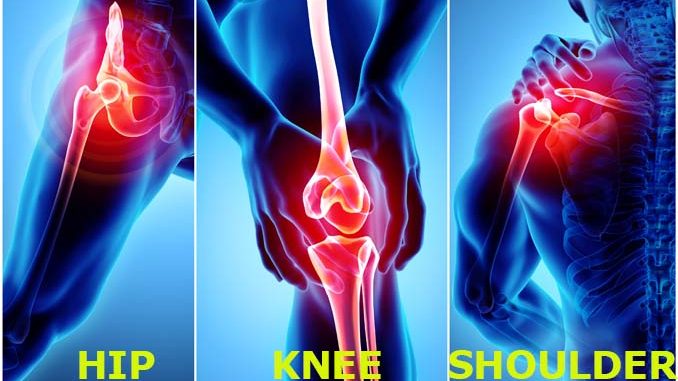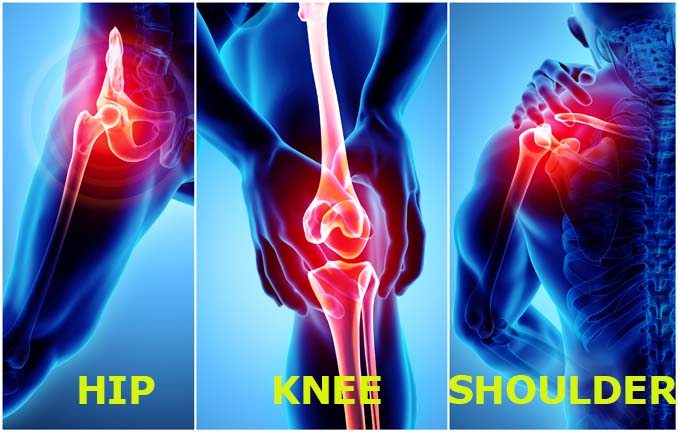
BABY BOOMERS FIND ALTERNATIVES TO TRADITIONAL TOTAL JOINT REPLACEMENT
By Dr. Anthony Miniaci

More than 54 million Americans suffer from arthritis, which is why hip, knee, and shoulder replacements are among the most commonly performed procedures in the United States.
Each year, millions of people turn to a traditional total joint replacement believing it is their only option. What they don’t know, however, is that traditional total knee and shoulder replacements are extremely invasive, remove significant amounts of bone and alter the surrounding joint structures.
Baby Boomers dealing with arthritis or chronic joint pain are eager for a solution that will provide relief and a quick return to normal activities, without limitations. In many cases, the pain remains and the function of their new knee or shoulder will restrict certain activities and daily routines.
Recent research suggests that up to one-third of people who have had their knees replaced with a traditional total knee replacement continue to experience some pain, and one in five are dissatisfied with the results.
Millions of Baby Boomers want to stay active and remain independent well into their 60s, 70s and beyond. Subsequently, many patients are looking for alternatives to traditional total joint replacements with many nonsurgical means gathering a lot of interest and attention in recent years; including a variety of injection therapies such as viscosupplementation (lubricants), and various biologic options such as platelet-rich plasma (PRP), adipose tissue, bone marrow aspirates, placental tissue, amniotic fluid, and others. Unfortunately, research is early, it doesn’t work for everyone, we don’t understand exactly how they work and there is no clinical proof that there is any form of regeneration that occurs.
Baby Boomers can expect an increased range of motion, reduced pain and a return to activities that are important to their quality of life – Without a Joint Replacement.
With some collaboration and forward-thinking individuals, Arthrosurface was founded back in 2003 to design, develop, and offer less invasive joint replacements designed to restore only the damaged areas of the joint while leaving the remaining undamaged areas and surrounding joint structures intact.
Here’s how it works:
Less invasive joint replacements for the knee, shoulder, toe, and wrist are customized to a patient’s unique anatomy and restore the native anatomy of a patient’s joint. During surgery, the surface curvature of a patient’s joint is measured with a 3D mapping tool, allowing the surgeon to choose an implant size and curvature that will best match the patient’s joint surface. Simply put, these implants can be compared to a dentist filling a cavity of a tooth instead of performing a root canal.
The Arthrosurface implant procedures are designed to preserve as much of the patient’s own anatomy as possible, with faster recovery time, less time spent in the hospital and no long-term activity restrictions are placed on the patient following recovery. Most of these procedures can be performed as an outpatient, which also helps patients avoid long hospital stays and large hospital bills.
The long-term results of these anatomic replacements are very successful when performed on the right candidates; with many patients returning to high demand activities such as CrossFit and Powerlifting.
While a traditional total joint replacement may still be the best option for those who have widespread arthritis in their entire joint, patients who meet the criteria for a partial joint replacement should consider all the benefits that come with this less invasive procedure. In addition, some of the newer anatomic designs for the shoulder recently launched by Arthrosurface are showing several benefits over the more traditional stemmed designs.

Dr. Anthony Miniaci is an Active Staff Member at the Cleveland Clinic and Professor of Surgery at Case University and Cleveland Clinic Lerner College of Medicine. He has been involved with Arthrosurface as a founder, and has stock and stock options as well as royalties, consulting and serves on Speakers bureau.

Arthrosurface®, Inc. is a global leader in joint preservation technology, manufacturing less invasive joint replacements that are clinically proven to help patients stay active by increasing range of motion and reducing pain. The company’s product portfolio features more than 150 different surface implant curvatures for the knee, shoulder, hip, ankle, wrist, and toe that are designed to treat upper and lower extremity orthopedic conditions caused by trauma, injury and arthritic disease. More than 100,000 patients have been treated with Arthrosurface implants since the company was founded in 2002. Arthrosurface markets and distributes its products in the United States and around the world, with more than 5,000 surgeons currently using Arthrosurface products in more than 25 countries.
For more information:
Arthrosurface®, Inc




